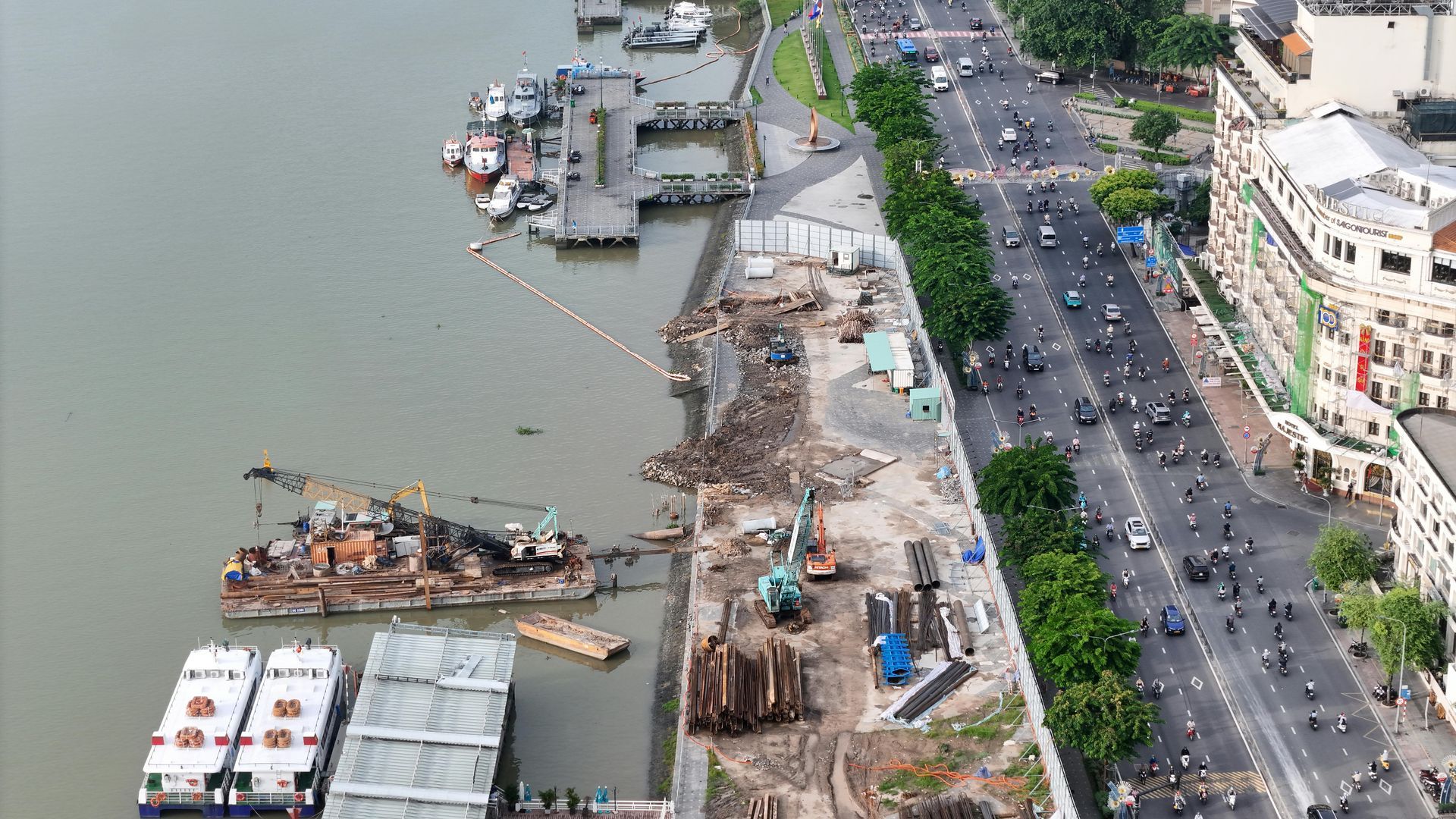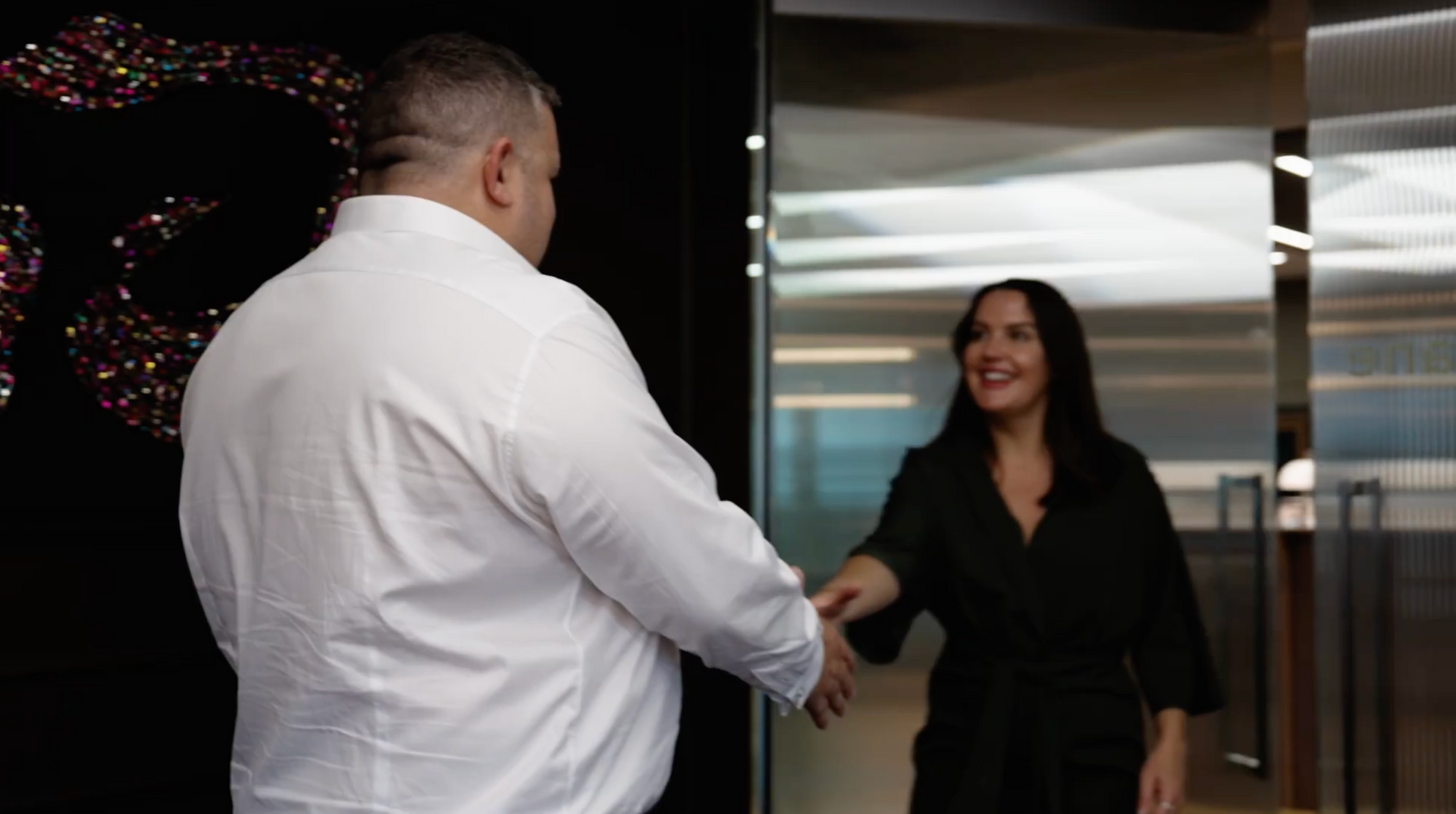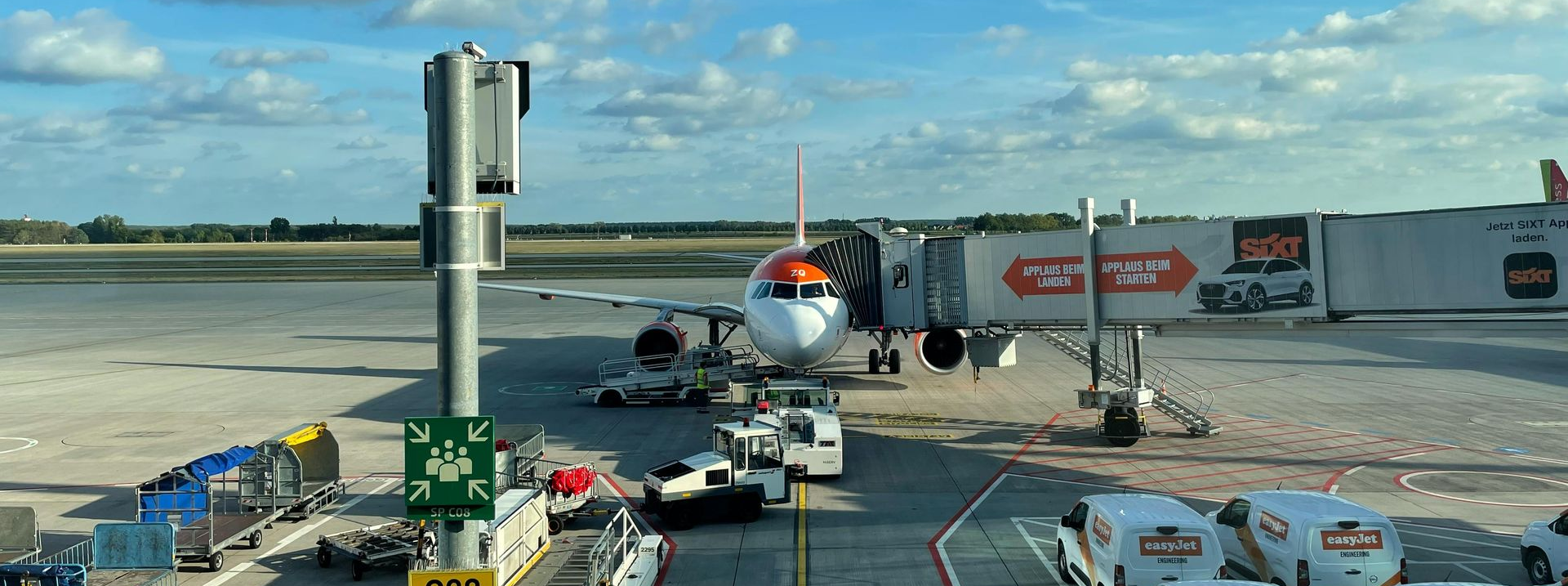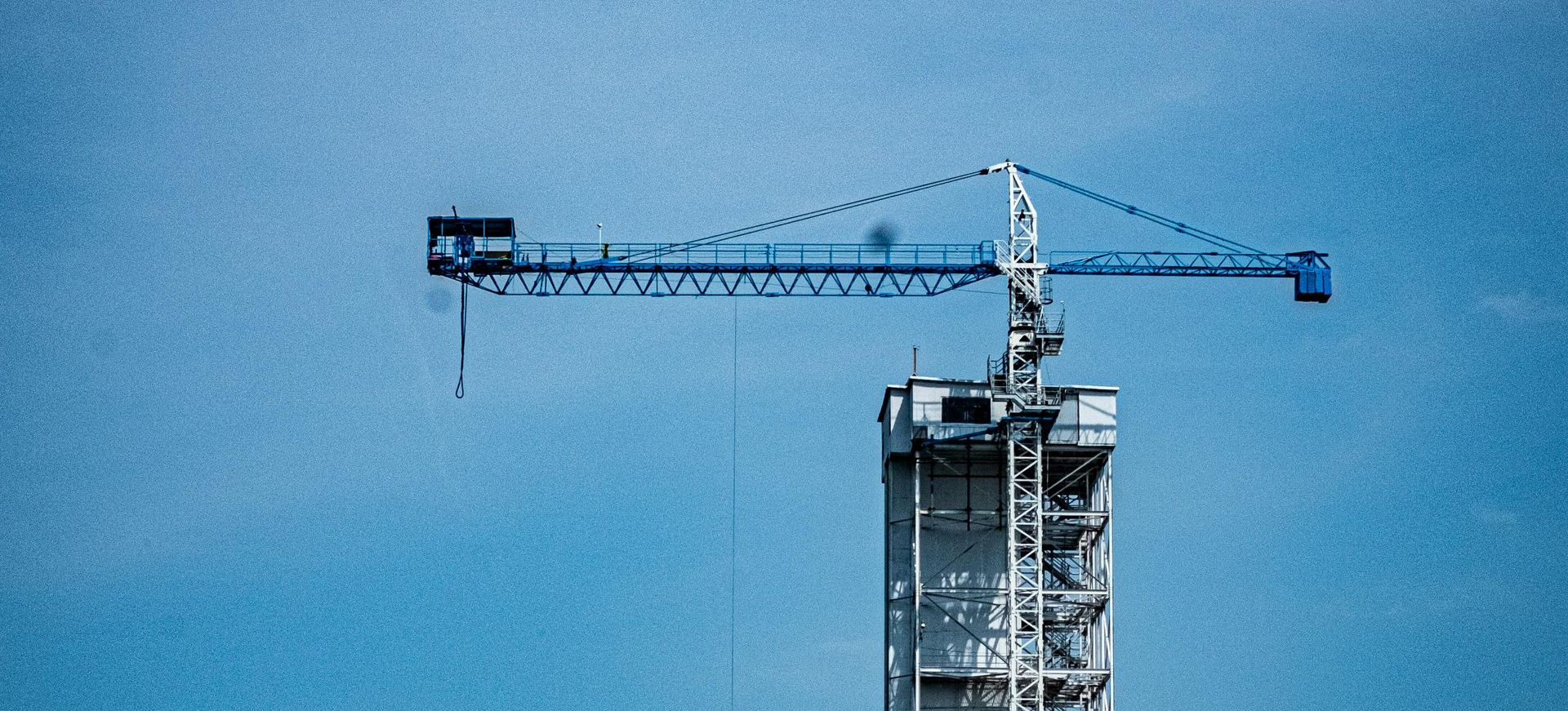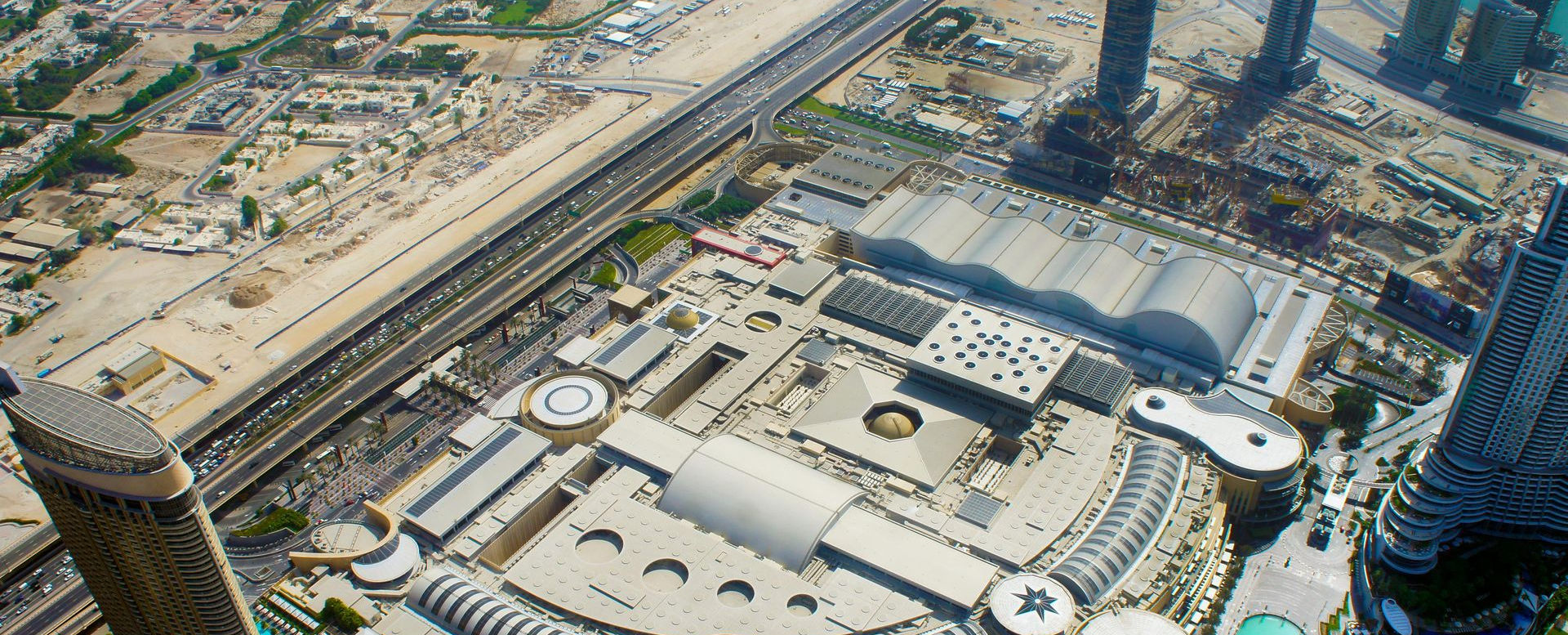The High Stakes of Mega Projects
The High Stakes of Mega Projects
Defining Mega Projects in Infrastructure and Construction
Mega projects are typically defined as large-scale investments exceeding $1 billion with a delivery horizon of five to ten years or more. Examples include Olympic stadiums, international airports, data centre clusters, or new city developments.
These projects are not just about bricks and steel. They are symbols of progress for nations, investors, and communities. Their failure is never hidden. It becomes headline news.
Why Leadership Decisions Carry Outsized Risk
When the scope is vast, leadership choices carry exponential weight. A project director who misjudges risk allocation or a CFO who mishandles funding does not just impact the balance sheet. They can stall entire economies. Unlike in smaller organisations, the margin for error is virtually zero.
The True Cost of a Wrong Executive Hire
Direct Financial Costs
The most visible costs are financial:
- Recruitment fees and severance packages often run into millions
- A replacement search can take six to nine months, leaving projects in limbo
- Productivity loss during leadership gaps can add hundreds of thousands per week to holding costs
Indirect Costs
The indirect costs are far more damaging:
- Delays mean penalties from governments, lenders, and partners
- Budget blowouts of 20 to 40 percent are common when leadership changes midstream
- Legal exposure emerges when contracts are breached due to poor oversight
Cultural Costs
Perhaps most dangerous are the cultural costs:
Team morale plummets when leaders rotate frequently
High performers often exit, unwilling to endure chaos
Reputation suffers with investors, regulators, and communities
A wrong hire does not just cost money. It erodes trust, culture, and credibility.
Dependency Chains in Mega Projects – Why One Person Matters
How Executive Decisions Cascade Across Teams
Mega projects operate like finely tuned machines. A decision at the top cascades across hundreds of layers. If an executive pushes for unrealistic deadlines, project managers over-commit, engineers cut corners, and contractors pass on risk. The result is systemic instability.
The Domino Effect of Misalignment in Leadership
When one executive is misaligned with the project’s vision, the ripple effect is like pulling a single brick from a Jenga tower. It does not collapse immediately, but instability builds until collapse feels inevitable.
Case Studies and Cautionary Tales
Mega Project Failures Linked to Leadership Missteps
- Berlin Brandenburg Airport: Delayed by nearly a decade and billions over budget, with leadership churn cited as a key reason
- Sydney Light Rail: Budget blowouts linked to contractual disputes and governance failures
- Middle Eastern Giga-Projects: Multiple reports of leadership turnover causing cascading delays
Lessons Learned from Industry Examples
The common thread is simple. Leadership instability magnifies complexity. Mega projects require continuity, alignment, and strong communication across stakeholders. Without this, technical excellence alone cannot save the project.
The Anatomy of a Wrong Hire
Overemphasis on Technical Skills vs. Leadership Qualities
Many executives look brilliant on paper, but mega projects require far more than credentials. Leadership in these settings demands political acumen, stakeholder management, and resilience under pressure.
Ignoring Cultural Fit and Stakeholder Alignment
A technically competent hire who lacks cultural alignment can still derail projects. Misunderstandings across cross-border teams, governments, and investors often stem from cultural misalignment, not technical gaps.
The Pitfalls of Rushed or Agency-Driven Recruitment
Under pressure, boards often rush recruitment or rely on generalist agencies. The result is executives who look good in interviews but lack the depth to handle billion-dollar complexity.
How to Prevent Wrong Executive Hires in Mega Projects
Building a Rigorous Search and Selection Process
Mega projects require bespoke recruitment frameworks:
- Multi-stage interviews with technical and cultural assessments
- Scenario testing on risk, crisis response, and governance
- Independent validation of achievements, not just CV claims
Leveraging Competency Frameworks and Assessment Tools
Competency frameworks help test leaders beyond surface skills. Psychometrics, leadership simulations, and 360-degree stakeholder references reduce bias and increase accuracy.
Prioritizing Alignment with Project Vision and Culture
The most successful leaders are those who align with the project’s long-term mission. A five-year airport build requires more than skill. It requires a leader who embraces the vision of national transformation.
The Role of Specialist Executive Search in Infrastructure and Construction
Why Generalist Recruiters Often Miss the Mark
Generalist recruiters can fill roles, but mega projects demand more. Without sector-specific insight, recruiters often overvalue technical CVs while undervaluing cultural resilience.
The Value of Sector-Specific Expertise
Specialist search advisors understand:
- The political sensitivities of government-backed projects
- The cultural nuances of global teams
- The hidden risks of executive turnover in mega environments
Mitigating Risk Through Advisory Partnerships
The right search partner acts as an advisor, not just a recruiter. They challenge assumptions, highlight blind spots, and ensure each hire is assessed for long-term fit, not just immediate gaps.
Future Leadership for Mega Projects
Skills That Will Define the Next Decade of Leadership
The next generation of mega project leaders must combine:
- Agility and adaptability in volatile global markets
- Digital fluency, especially around AI, BIM, and digital twins
- Commitment to ESG, sustainability, and stakeholder trust
Navigating ESG, Digital Transformation, and Global Risk
Mega projects are no longer just about delivery. They are about legacy. Leaders must balance investor expectations with climate goals, cultural sensitivities, and community impact.
Conclusion – The ROI of Getting Leadership Right
A wrong executive hire in a mega project is not just a misstep. It is a catastrophic liability. The costs run deeper than severance packages or recruitment fees. They cut into timelines, reputations, and entire national narratives.
By contrast, the right leader delivers exponential ROI:
- Projects finish on time and within budget
- Teams remain motivated and loyal
- Investors and governments see value creation, not value destruction
For business leaders in infrastructure and construction, executive hiring is not a transactional process. It is a strategic investment in the future of billion-dollar projects and the societies they shape.
FAQs
How much does a wrong executive hire typically cost in mega projects?
Estimates suggest anywhere from two to fifteen times the executive’s annual salary when factoring in direct and indirect costs. For mega projects, this can translate into tens of millions in lost value.
What is the biggest red flag during executive recruitment?
A mismatch between cultural values and leadership style. Skills can be learned, but cultural misalignment leads to rapid failure.
How can leaders assess cultural fit effectively?
Through multi-stakeholder interviews, 360-degree referencing, and scenario testing that evaluates collaboration, not just technical expertise.
Why is executive hiring in mega projects different from other industries?
Because the stakes are higher, visibility is global, and decisions impact nations and communities, not just companies.
5. What role does executive search advisory play in mitigating risk?
Specialist advisors bring sector expertise, cultural insight, and rigorous assessment tools that generalist recruiters often overlook. They reduce the risk of misalignment and long-term failure

